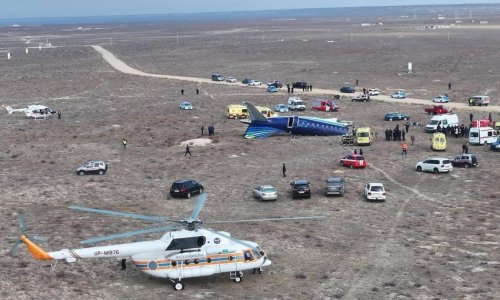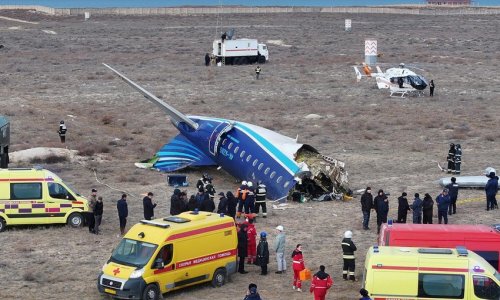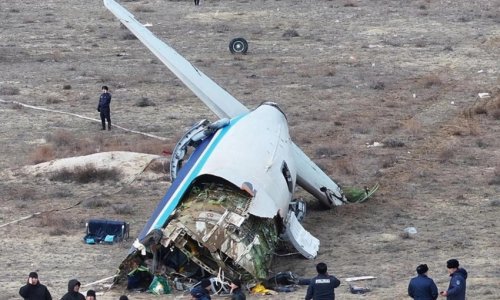Follow us !
Missing Malaysia plane: MH370 and the military gaps
World
10:30 | 17.03.2014

Missing Malaysia plane: MH370 and the military gaps
The latest information in the riddle of flight MH370 has not only dramatically refocused the investigation and search.It has also revived questions about why the Malaysian military did not immediately notice what was happening, and what gaps there might be more generally in military air defences in a region where the defence and security temperature is high at the moment.It has now emerged that Malaysian primary military radar tracked an unidentified contact that flew right across the country's air space, now confirmed to be MH370. But no action, it seems, was taken."Where was the Malaysian air force in all this?" says former RAF pilot and aerospace analyst Andrew Brookes."Ever since 9/11, air defences around the world have been on alert for a hijacked airliner aiming for a prestige target. And few targets are more prestigious than the twin Petronas towers in downtown Kuala Lumpur."According to Mr Brookes, when MH370 apparently turned back at the top of its scheduled climb without warning, alarm bells should have rung in the minds of the Malaysian military and political decision-makers."When this bizarre saga is over, the Malaysian government and air force will have some serious matters to address, not least in the apparent gaps in wide area surveillance of their air space," says Mr Brookes.The latest edition of the International Institute of Strategic Studies' (IISS) Military Balance publication says that Malaysia's "substantial equipment modernisation programmes have helped to develop their capacity for external defence".Even so, Malaysia's air force remains relatively small.Clearly, there may be questions about the extent of the country's radar cover and procedures.But there are also still unanswered questions about MH370's flight profile that might have helped even a huge twin-engined passenger aircraft like a Boeing 777 to escape notice.Malaysia's acting Transport Minister, Hishammuddin Hussein, who is also the country's defence minister, has rejected the suggestion that air force standard operating procedures were breached."This is an unprecedented case," he said. "It may change aviation history. I think it's lessons to be learnt for everybody."Of course, it is also one thing to invest in capabilities, but another to have the training, procedures and resources to use them effectively.Constant monitoringMalaysia has now asked other countries around the region and beyond to review their radar playbacks, both primary (mainly military) and secondary (chiefly civilian).This is a region where there is growing investment in advanced defence capabilities. But there may be questions for other countries too as to whether their air defence arrangements are quite as they appear, or whether there are more gaps.The plane was apparently at one stage heading in the direction of India's Andaman and Nicobar islands. But it has been reported that military radars there might not even have been operating, as the threat level there was perceived as low.In more developed air space environments like North America and Europe, a constant monitoring is undertaken. And there is close co-operation between military and civilian air traffic controllers.So, if military radar operators spot an unidentified contact, normal procedure would be to check with their civilian counterparts as to whether there is a transponder reading for identification.If not, there would be an attempt to contact the plane by radio and, again if there is no response, ultimately to scramble fighters.These are all procedures that have been long established, were regularly exercised during the Cold War, and have been refined since 9/11.Of course, all radar surveillance has its weak spots. Tracking aircraft flying at low level, for example, is always challenging.And even the most sophisticated systems can be caught off-guard by the unexpected.Famously, in 1987, the amateur German pilot Mathias Rust embarrassed the Soviet military by flying his light plane unchallenged through supposedly the most complex air defence system in the world to land in Red Square in Moscow.And, on 9/11, when US air defence fighters were finally scrambled, they initially flew in the wrong direction, out to sea. No-one had been expected an airborne threat from within US air space.But that event has dramatically altered perceptions and procedures.(BBC)ANN.Az










